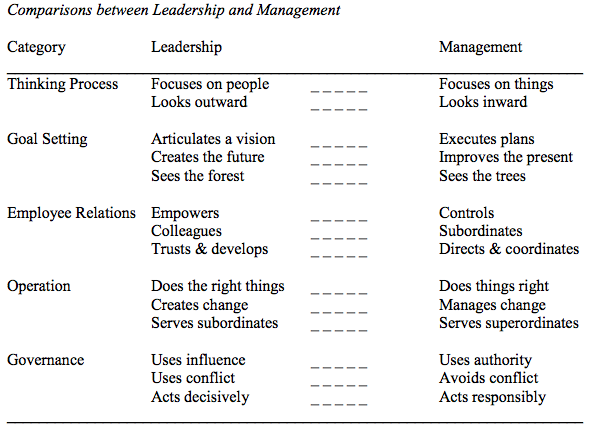There is a wonderful YouTube video showing a young man dressed in black shorts, dancing (badly) alone on a hill at a music festival. The video [screenshot above] shows him dancing for about 30 seconds before he is joined by another man who mimics his outrageous moves. They embrace each other’s terrible dancing, but carry on none the less. A third man joins in, and before long this maverick, crazy, dancing man is surrounded by hundreds of people dancing to the music. His courage and that of his first and second follower have created a movement and he, the lone maverick, has disappeared inside the group of people who are all now dancing together. It is a funny video but really does showcase leadership quite well. Every leader needs to share his vision, he needs a follower who he embraces and treats as an equal, and before he knows it, he has started a movement.
I often wonder about the qualities of a good leader, and it reminded me of a story my dad once told me. When Attila the Hun gathered the Hun tribes together, with the intention of ruling parts of Europe, he outlined his plans and asked if anyone had any objections. One of the leaders stood up and objected to going to war against the Roman Empire. According to my dad, Attila drew his sword and cut off this head, turned to the rest of the gathered Huns and asked if anyone else had any objections. I don’t know how true that story was, but perhaps my dad was simply enforcing the idea to 13-year-old me that it was not a good idea to challenge the pack leader. Growing up in a conservative society in South Africa, our leaders appeared to be strong, decisive, and unyielding. They barked orders and uncompromisingly enforced their will. Leadership through fear is seldom a recipe for success, and these types of leaders are often toppled.
So what is the language and behavior of a leader, as opposed to a manager?
Leadership vs. Management comparisons categories according to professor Fred C. Lunenburg, PhD, are listed below:
Leaders don’t have all the answers; leaders don’t pretend to have the answers. Leaders care. Leadership is about creating the vision, sharing and articulating it, and taking people on the journey.
Leadership creates trust, not an easy thing to do. Trust is one of those qualities that takes a lifetime to create and seconds to destroy. I have found myself working my career with either start-up or financially distressed businesses. The very first thing I do is agree to a value system with the staff. Defined values creates an environment where people can flourish knowing that they operate in a circle of trust. Leaders need certain traits, either naturally or learnt. While at VenueConnect in Baltimore, I attended two sessions on leadership led by Curt Cronin, an ex-Navy Seal. Cronin is a great speaker and obviously a deep thinker with brilliant content and well worth learning from. There were a few aspects of his discussion that really resonated with me. He told a story of going to work at the embassy in Yemen and gained trust by empting bins and making coffee. He spoke about earning trust and aligning leadership through humility rather than ego. He also spoke about fear. One seldom links Navy Seals with fear, but he said leaders remove fear and foster empowerment. He also said something that astounded me about the Seals—they learn mental resilience rather than physical prowess. This really struck a chord with me about leadership and the need to persevere. I have often stood in front of our staff body, waxed lyrical about values, inclusion, and how we as team leaders need to be active listeners to find that days later nothing had changed. Leadership needs resilience—change doesn’t happen merely because one says it should. It happens when one demonstrates change through one’s own action.
I remember having a discussion with John Key (New Zealand’s Prime Minister, and yes I am name dropping). He told me the one thing he disliked most about politics is that when you come up with a great idea, at least 30 percent of people will tear it to shreds without ever providing a different solution or alternative answer, whereas in business, a good idea is embraced with debate and positive input to make a good idea a great idea. Often when one is working in distressed businesses, they come with staff who, despite all their hard work, have had the enthusiasm knocked out of them. Once we have created the values, the circle of trust and removed the fear, I take advice from the band Walk The Moon with a little poetic license and say,
“Oh don’t you dare look back.
Just keep your eyes on me.
He said, ‘You’re holding back,’
I said, ‘Shut up and dance with me!’
This team is your destiny
I said, ‘Ooh-ooh-hoo,
Shut up and dance with me.'”



Guy,
Of all of the outstanding posts you provided over the last few years, IMHO, this one is the best of all. 100% spot on. Please don’t ever stop sharing your perspective with us all…you truly have a gift
Thank you Carl, much appreciated
When studying Sport Venue Management at the University of Missouri, our Leadership and Management professor showed this same video and his lesson was that what’s the most important part of Leadership is not the leader themselves. The most important part is the first follower. Always thought that was a great way to look at it, otherwise the original guy would just be dancing my himself (which there’s no problem with that. Dance to the beat of your own drummer!)
Excellent post, Guy. Sharing it as much as I can. Keep up the good work!